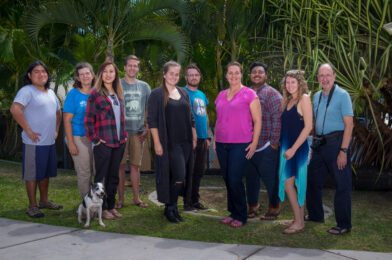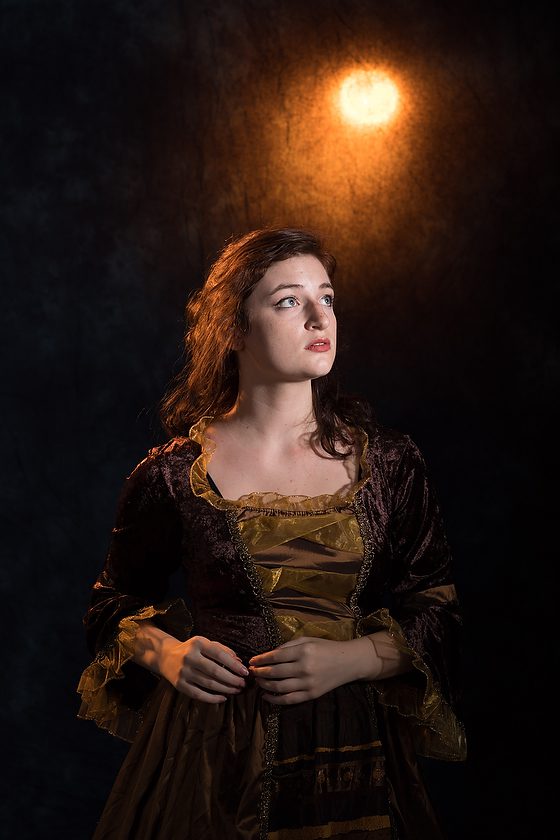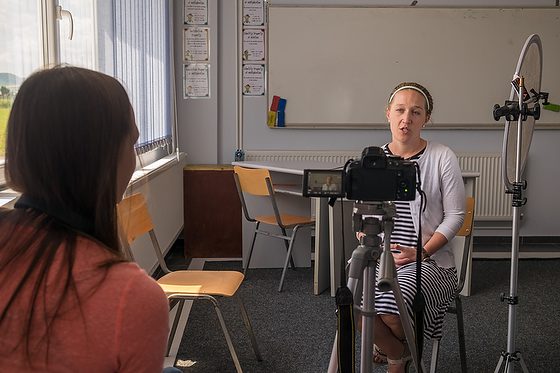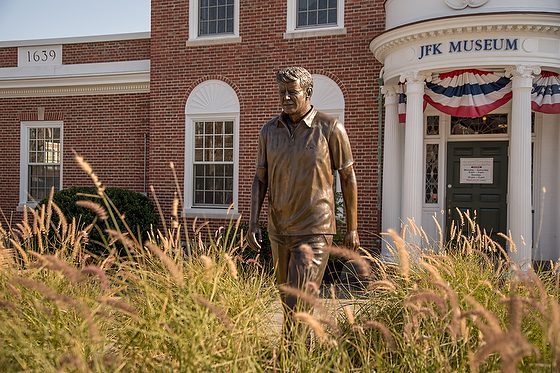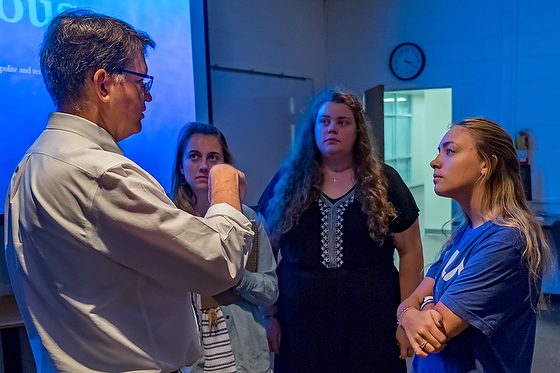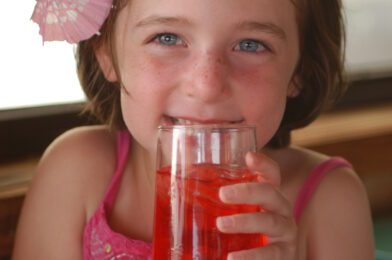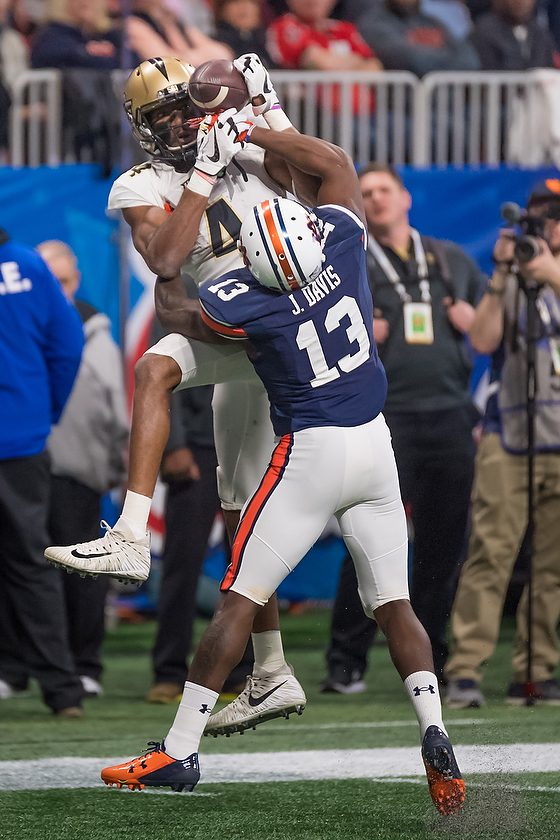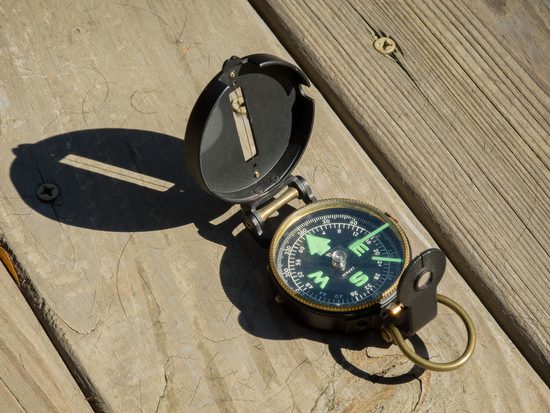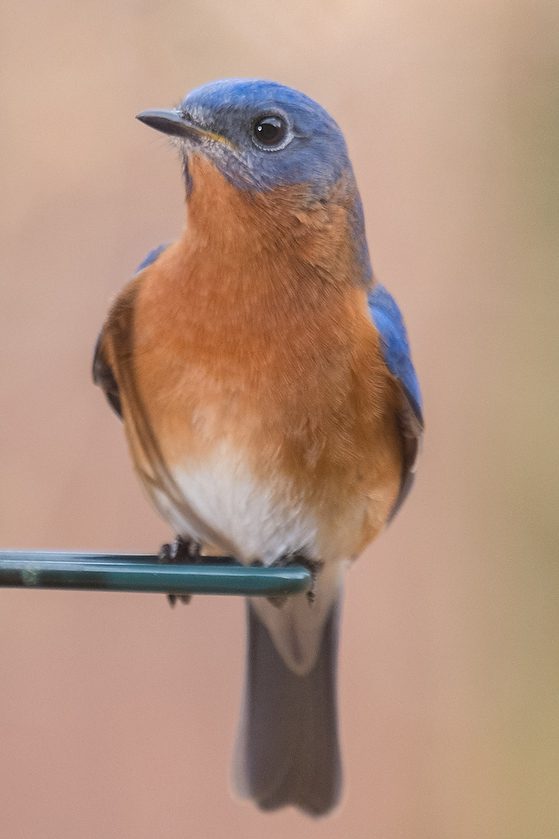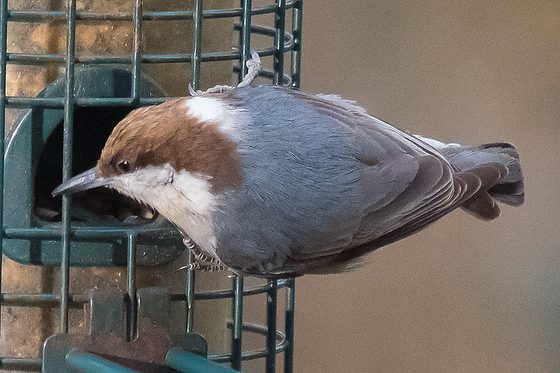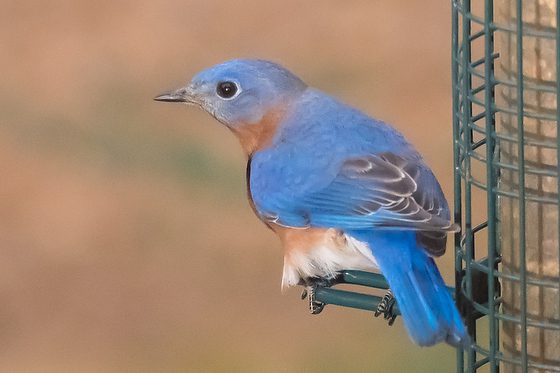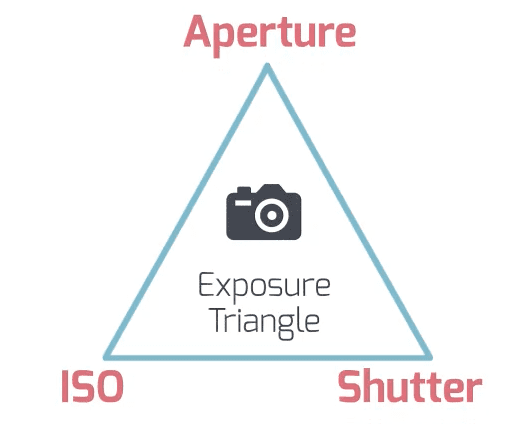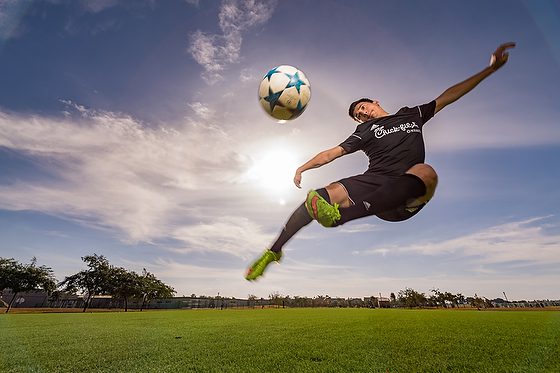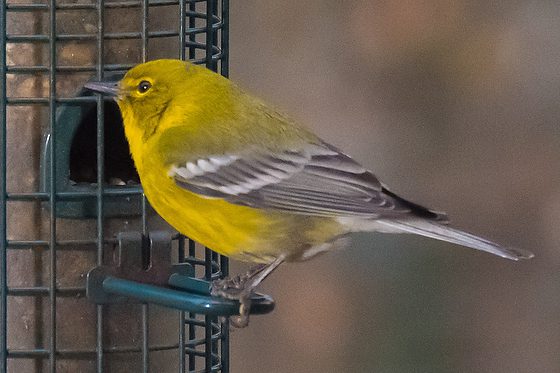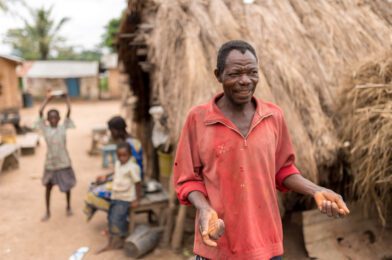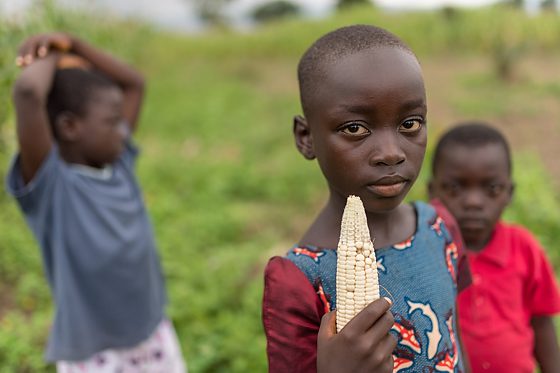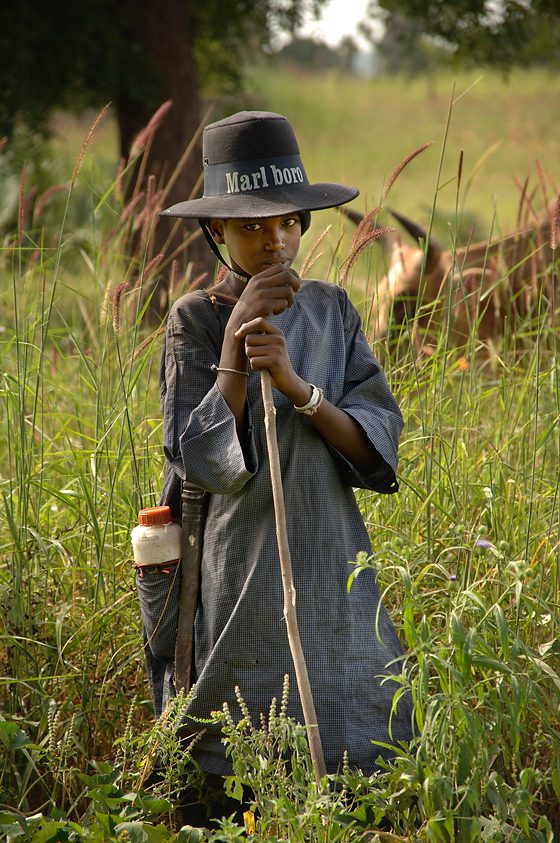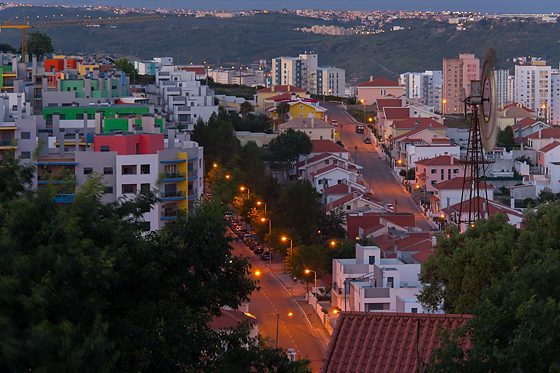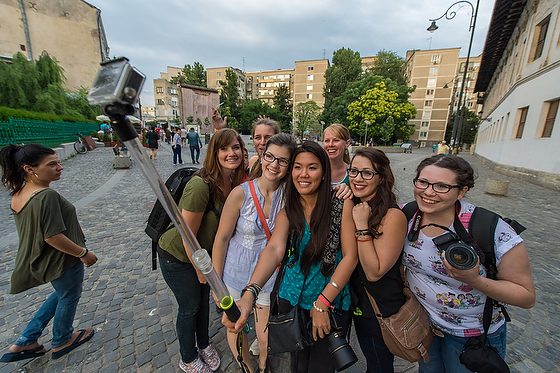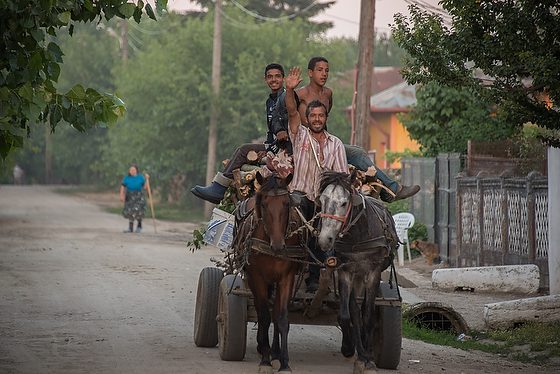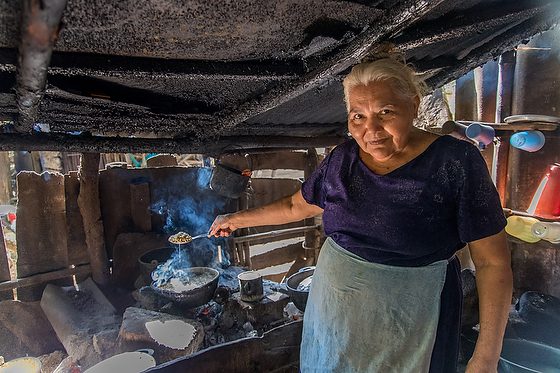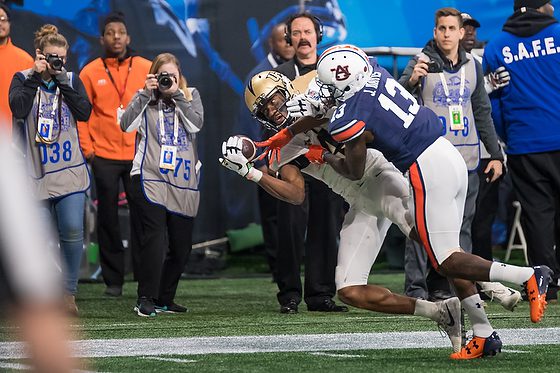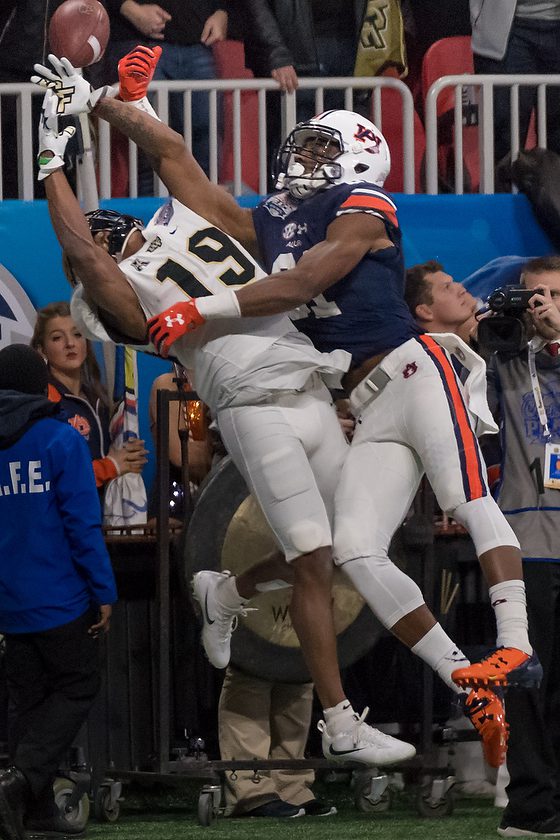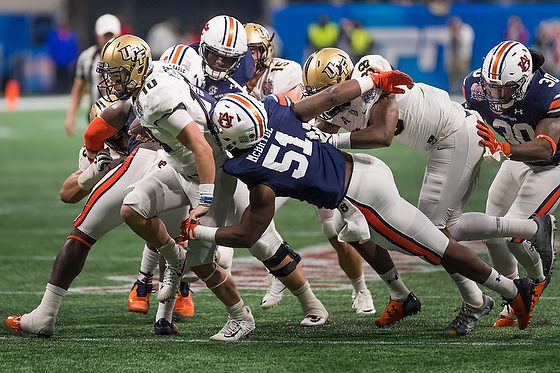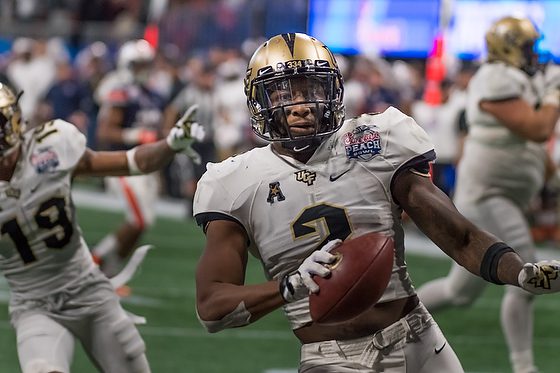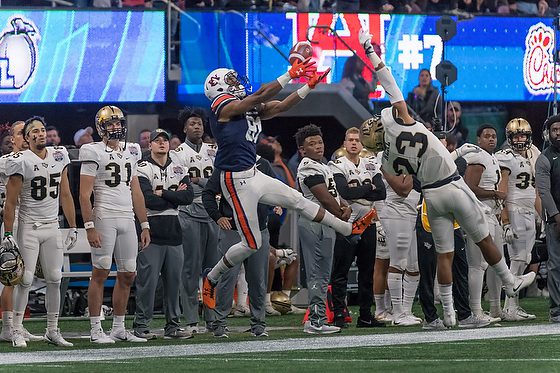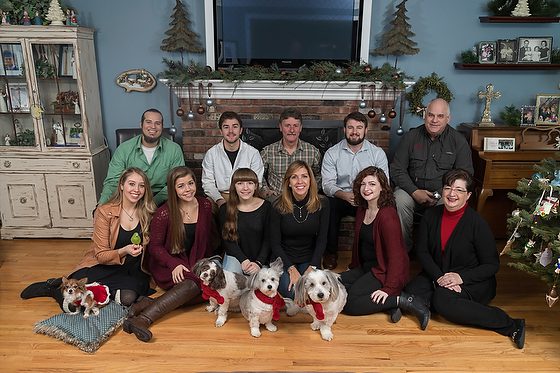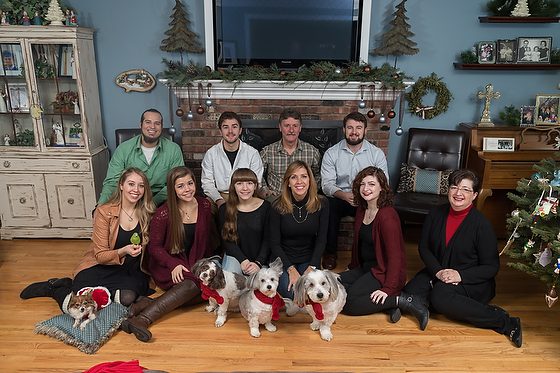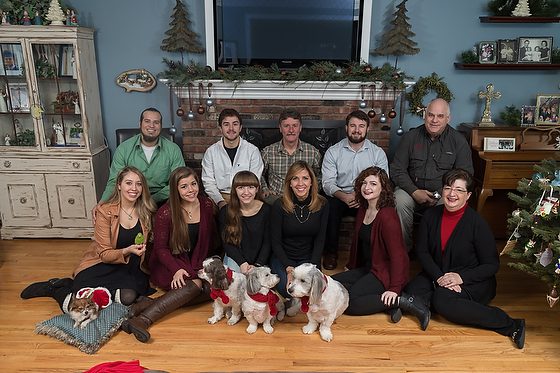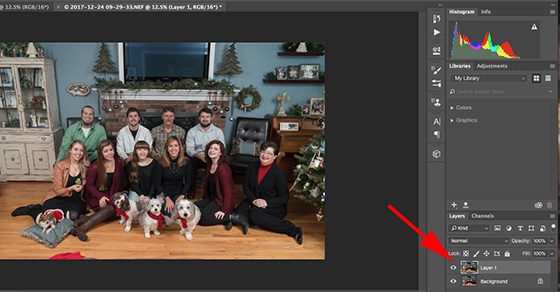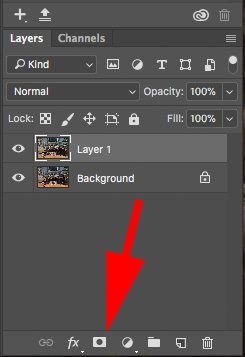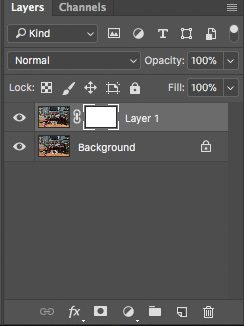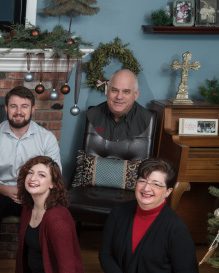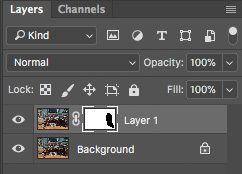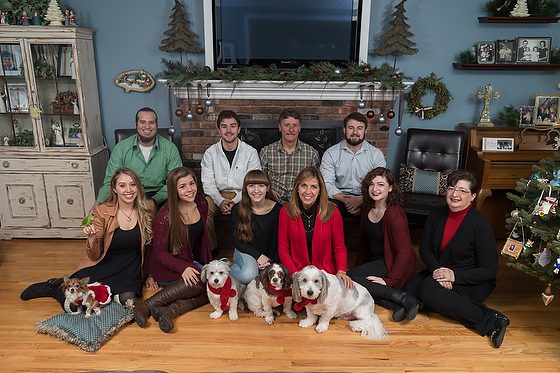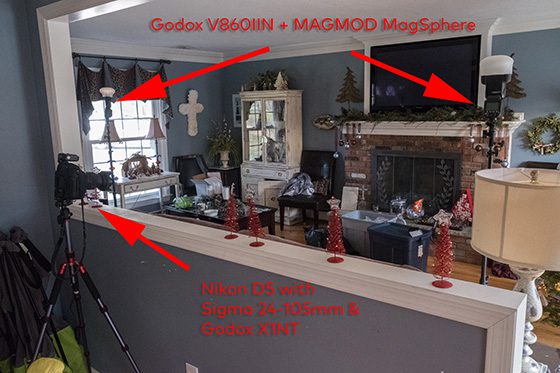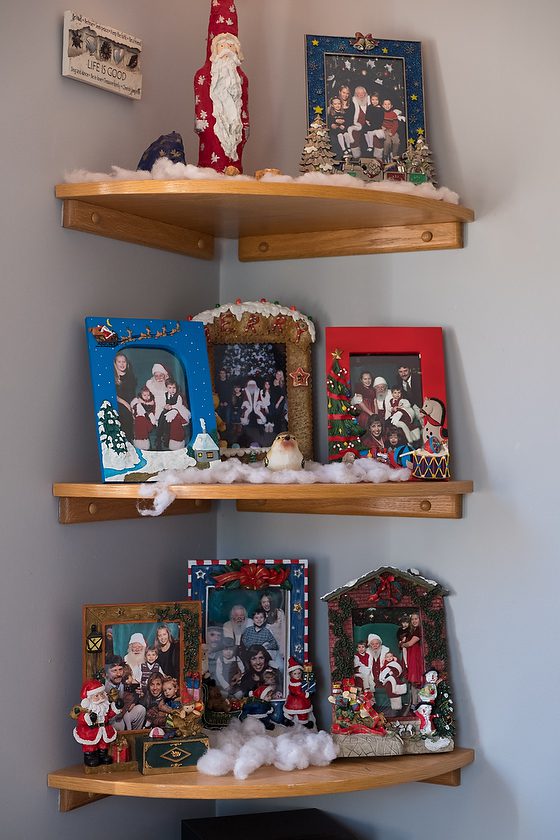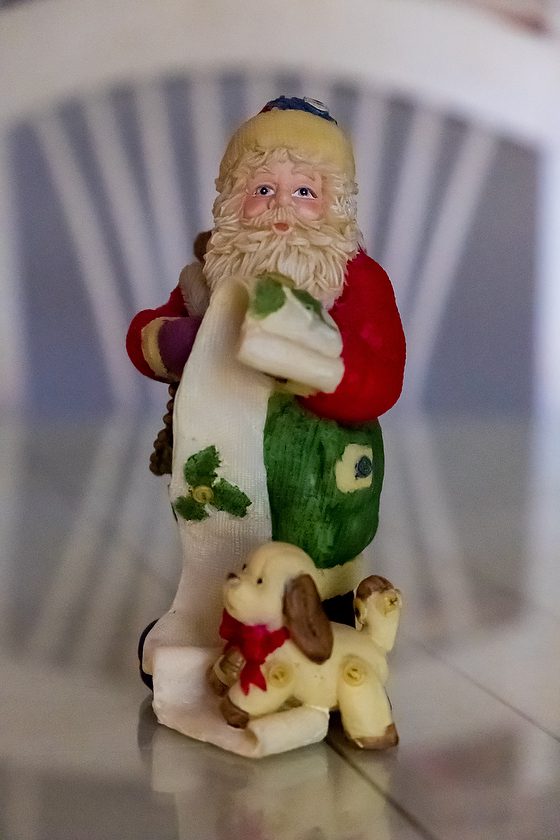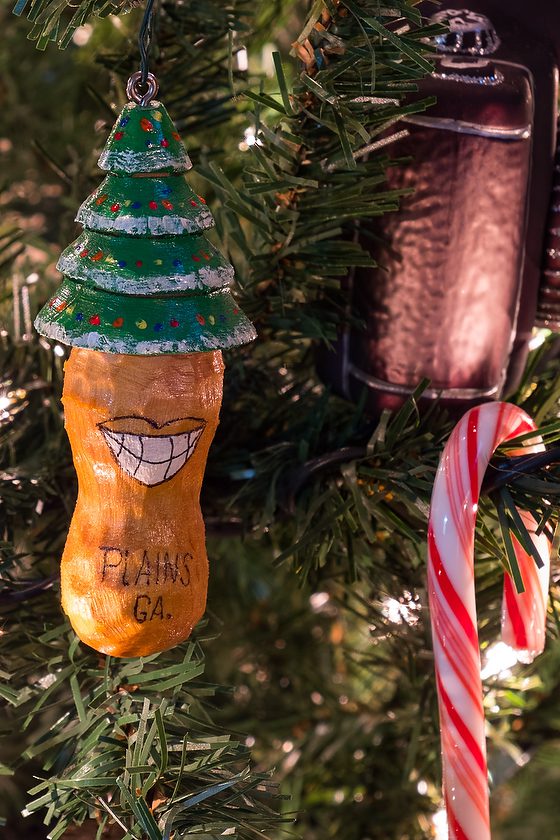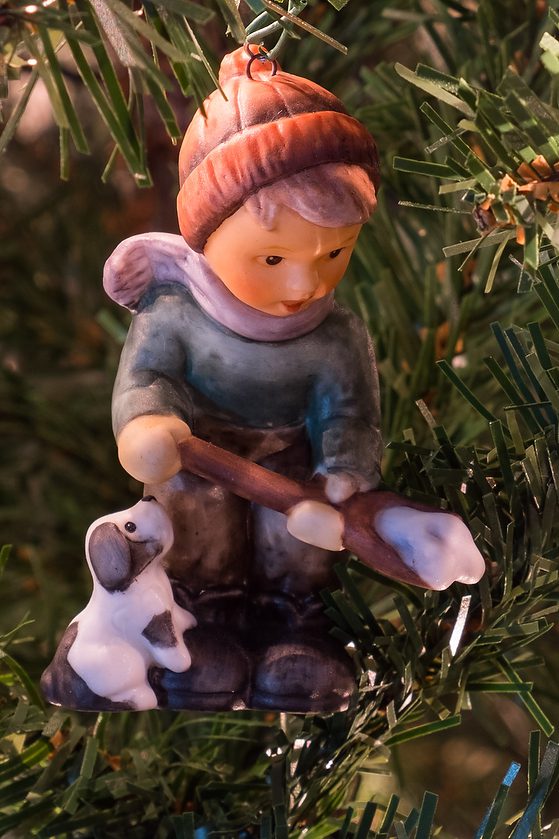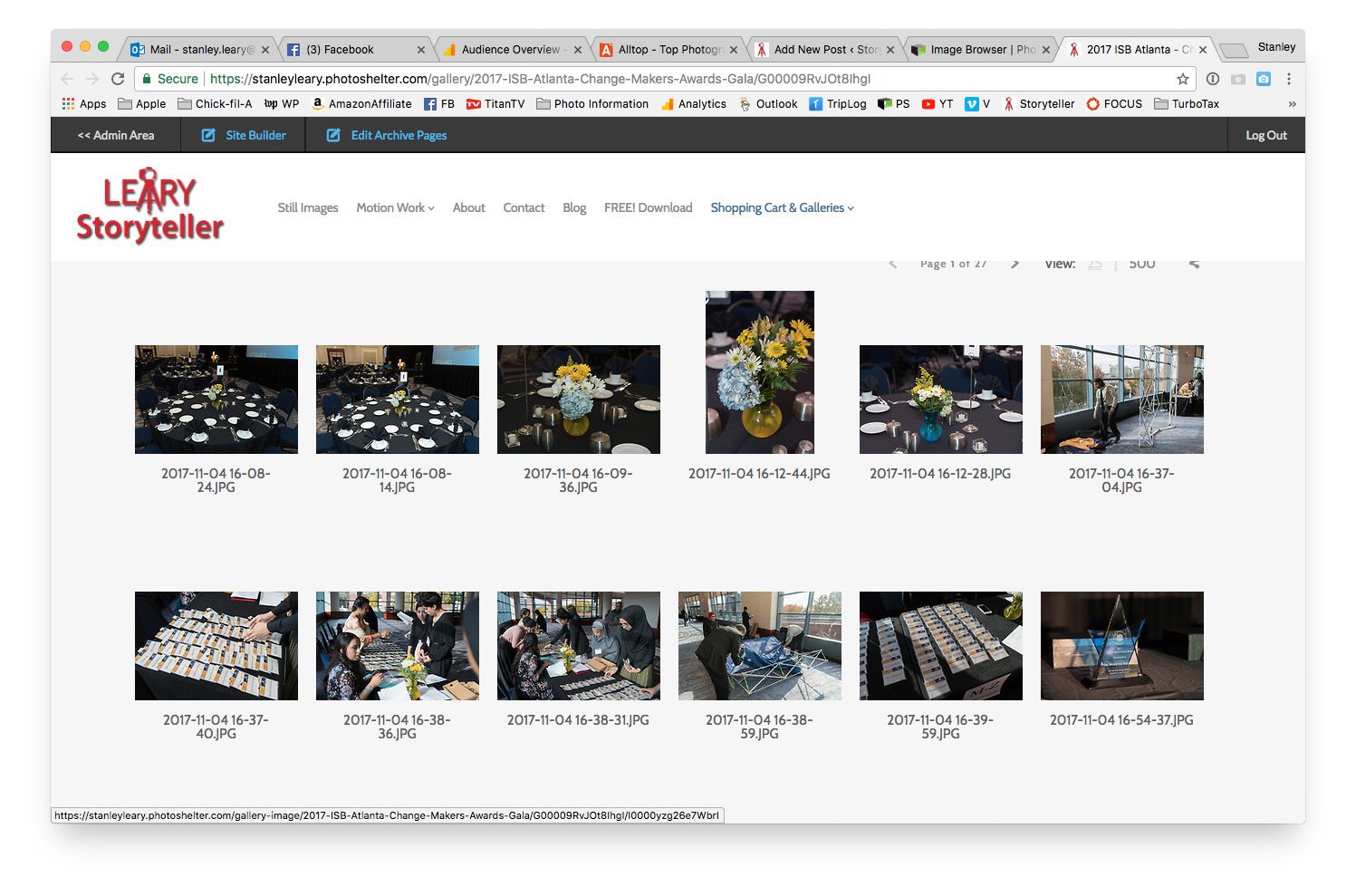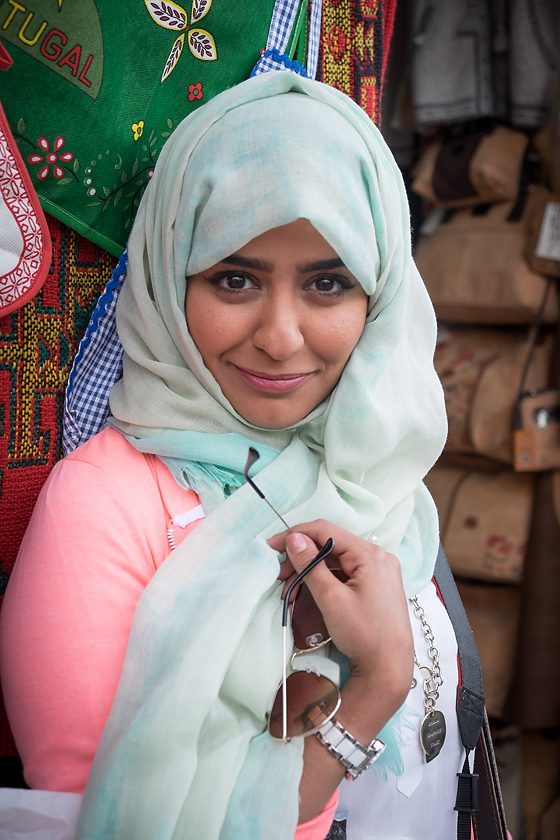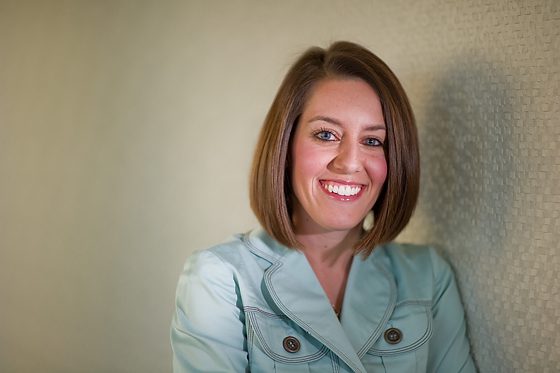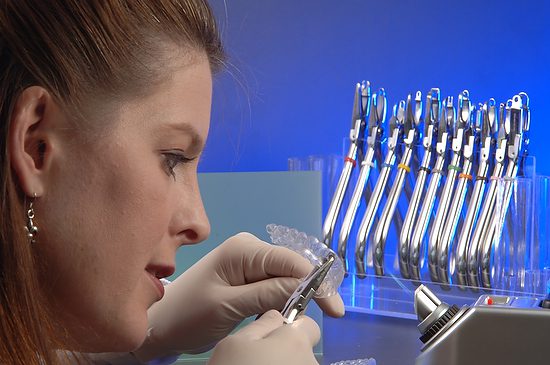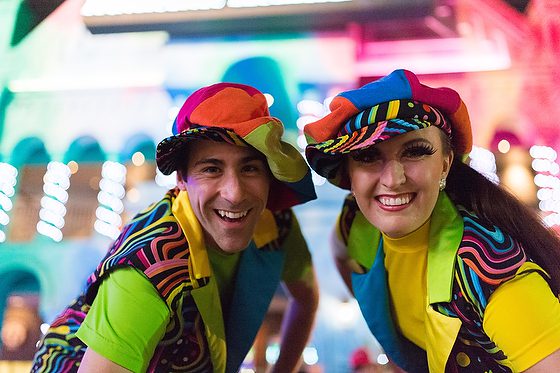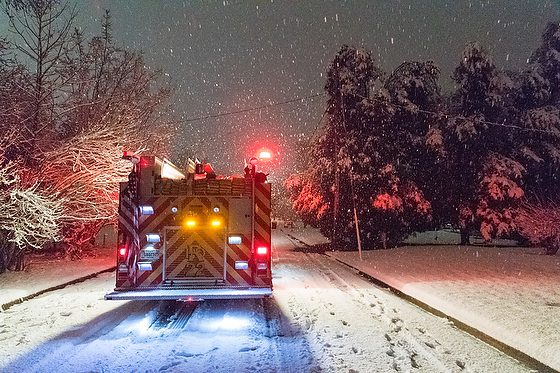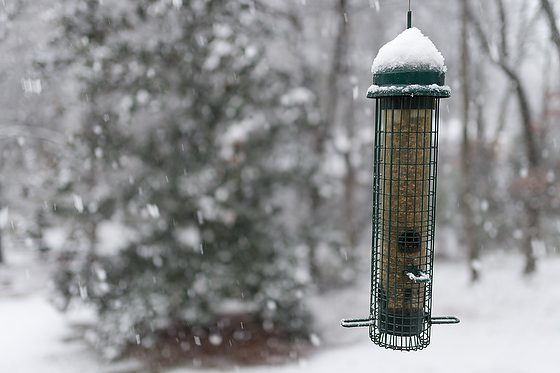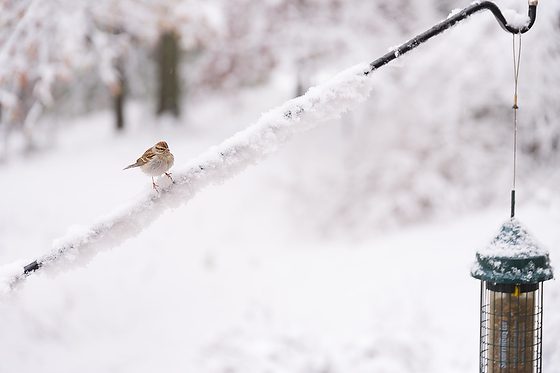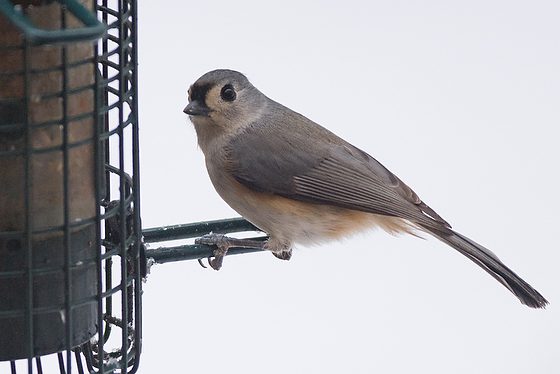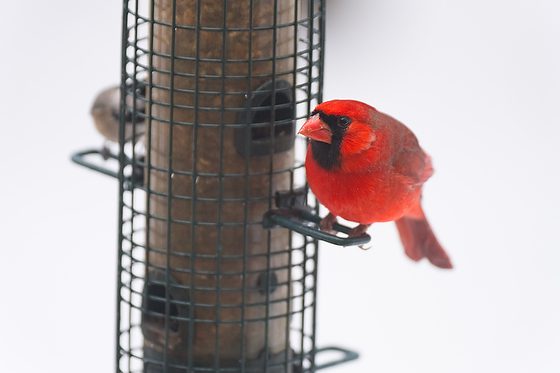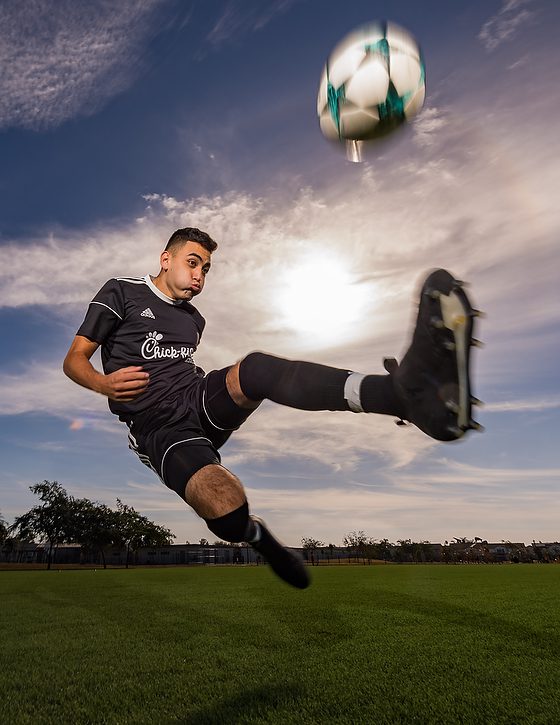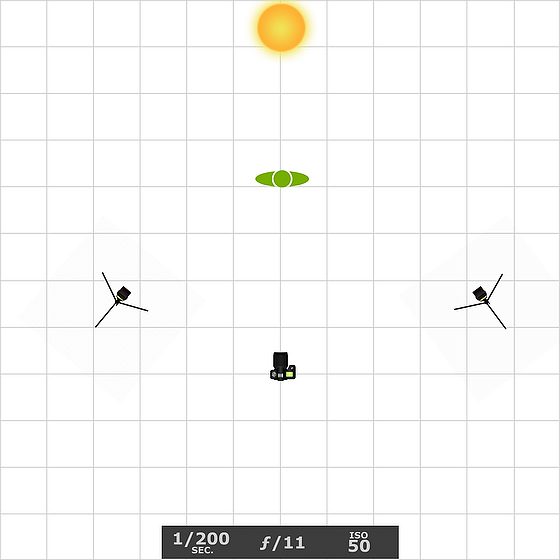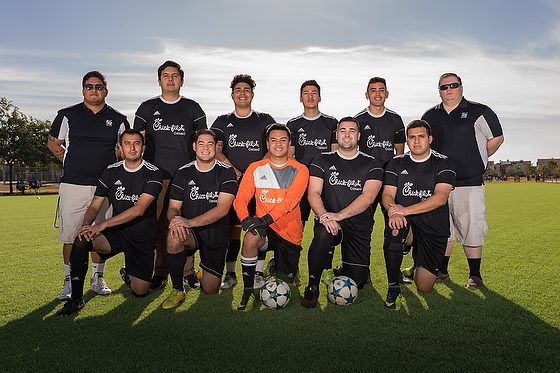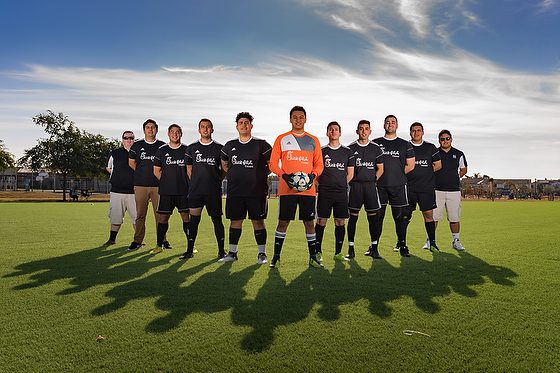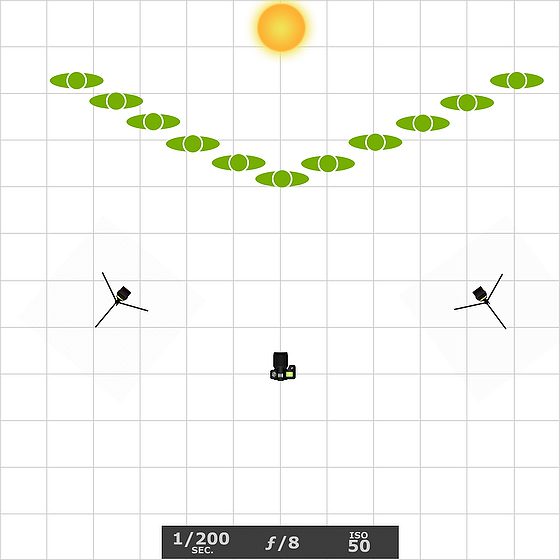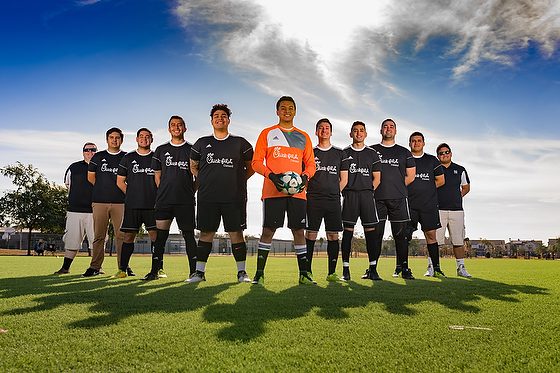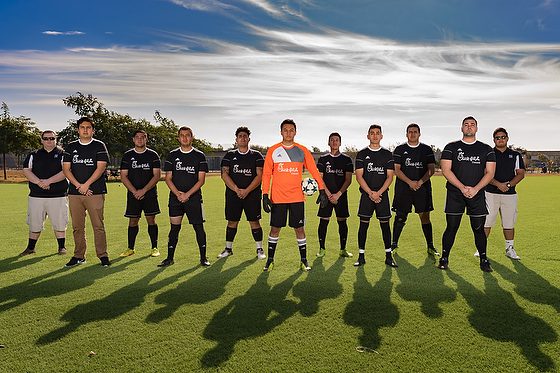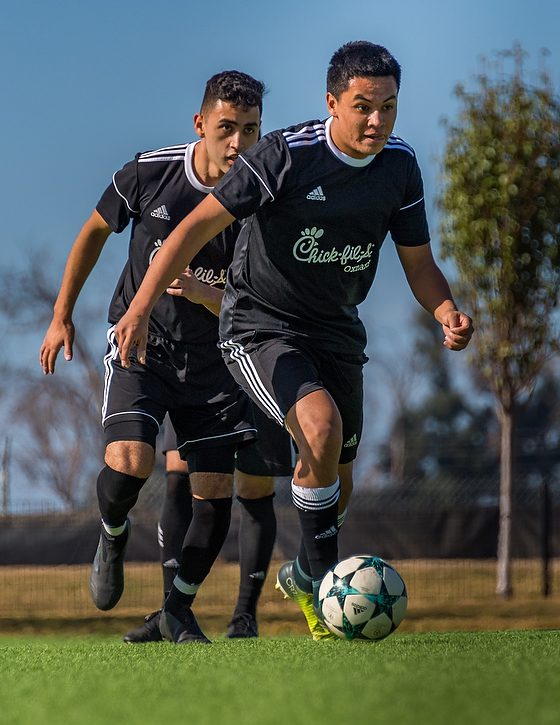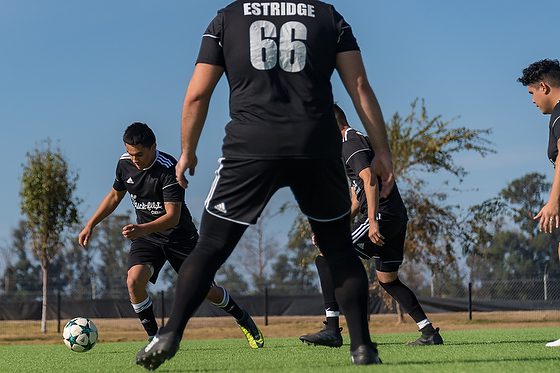Story of Cain and Abel [Fujifilm X-E3, 18-55mm, ISO 1000, ƒ/4, 1/200]
Yesterday, when I was in my Sunday School class, we studied the story of Cain and Abel. While I have read this story repeatedly since I was a little child, I come to the scripture a little differently each time. Life experiences and where I am in life really can impact one’s perspective.
Reading this as a business owner, I saw this in a new light. I thought of how I know this story lives out in business daily.
Just read the story with a customer being God, while Cain and Abel are two freelancers giving estimates to get a job.
Genesis 4:1-15
4 Adam made love to his wife Eve, and she became pregnant and gave birth to Cain. She said, “With the help of the Lord I have brought forth a man.” 2 Later she gave birth to his brother Abel.
Now Abel kept flocks, and Cain worked the soil. 3 In the course of time Cain brought some of the fruits of the soil as an offering to the Lord. 4 And Abel also brought an offering—fat portions from some of the firstborn of his flock. The Lord looked with favor on Abel and his offering, 5 but on Cain and his offering he did not look with favor. So Cain was very angry, and his face was downcast.
6 Then the Lord said to Cain, “Why are you angry? Why is your face downcast? 7 If you do what is right, will you not be accepted? But if you do not do what is right, sin is crouching at your door; it desires to have you, but you must rule over it.”
8 Now Cain said to his brother Abel, “Let’s go out to the field.” While they were in the field, Cain attacked his brother Abel and killed him.
9 Then the Lord said to Cain, “Where is your brother Abel?”
“I don’t know,” he replied. “Am I my brother’s keeper?”
10 The Lord said, “What have you done? Listen! Your brother’s blood cries out to me from the ground. 11 Now you are under a curse and driven from the ground, which opened its mouth to receive your brother’s blood from your hand. 12 When you work the ground, it will no longer yield its crops for you. You will be a restless wanderer on the earth.”
13 Cain said to the Lord, “My punishment is more than I can bear. 14 Today you are driving me from the land, and I will be hidden from your presence; I will be a restless wanderer on the earth, and whoever finds me will kill me.”
15 But the Lord said to him, “Not so; anyone who kills Cain will suffer vengeance seven times over.” Then the Lord put a mark on Cain so that no one who found him would kill him.
While discussing this passage in class, I was struck by why God didn’t treat both Cain and Abels’s gifts equally. The scripture doesn’t say why he treated them the way he did.
You would think God should treat them equally.
I can think of many Christmas and birthdays where opening a present I was disappointed, or one of my family/friends was disappointed with a present. It was always important in my circles that you appreciated the gift.
So I can get why God might like one gift more than the other; I am that way. Our customers and potential clients also have reasons they pick one vendor over another, and they don’t always tell you why.
Instead of dealing directly with God over his gift Cain got angry with his brother Abel. Sound familiar. We often are upset with our competition.
Instead of taking our anger out on others, we need to work on ourselves. We need to remember there is always the next time. Maybe not with that client, but with another.
Maybe you are like Cain and realize you only have “fruits of the soil” as a farmer and not an animal to sacrifice because you are a farmer and not the cowboy. Don’t be shortsighted and think eliminating your competition is the only way to win a contract. [You could be just talking about your competition badly to the customer.]
Look at what you have to offer and do everything you can to be sure that your presentation of your gifts is as good as the gifts themselves.
Focus on your Audience’s Needs. … As you prepare the presentation, you must remember what the audience needs and wants to know, not what you can tell them. While giving the presentation, you also need to focus on your audience’s response and react to that.


